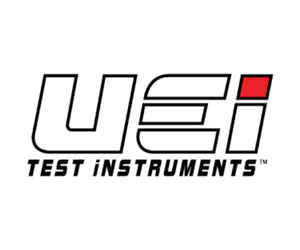Copper Deburring: Comparing Tools and Techniques
October 5, 2025
In this detailed HVAC training video, Roman Baugh and Ty Branaman are comparing tools and techniques for deburring copper. Using a digital microscope, they examine the actual surface damage caused by various deburring methods to show why technique matters just as much as tool selection.






















Comments
To leave a comment, you need to log in.
Log In